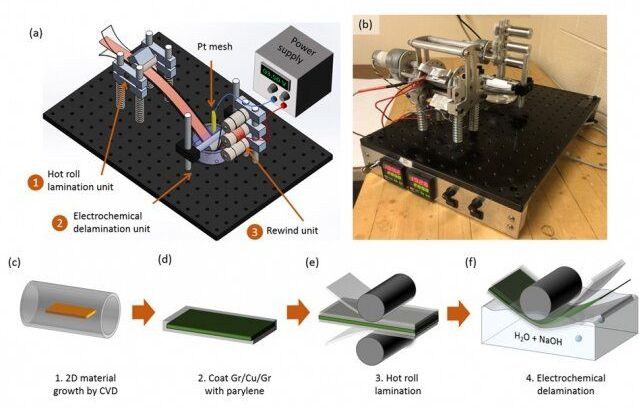The famous cat-in-a-box thought experiment by Austrian physicist Erwin Schrödinger is an illustration of one of the defining characteristics of quantum mechanics — the unpredictable behaviour of particles at the quantum level.
It makes working with quantum systems incredibly difficult; but what if we could make quantum predictions? A team of physicists believes it’s possible.
In a study published last year, they demonstrated their ability to predict something called a quantum jump, and even reverse the process after it’s started.







